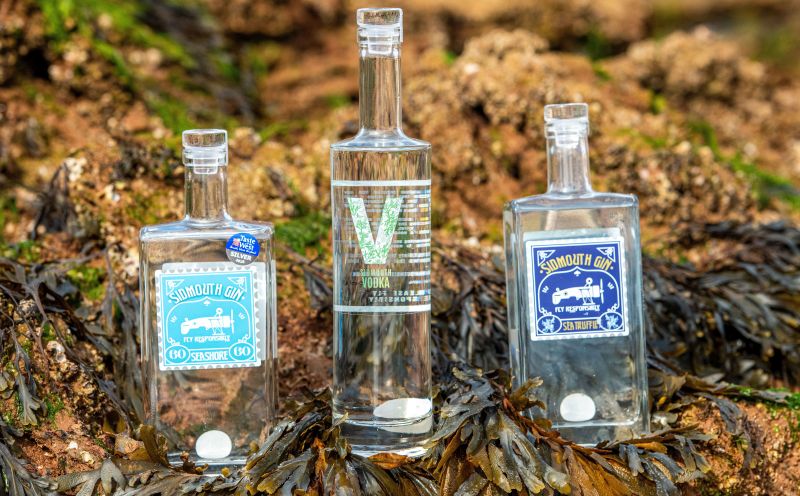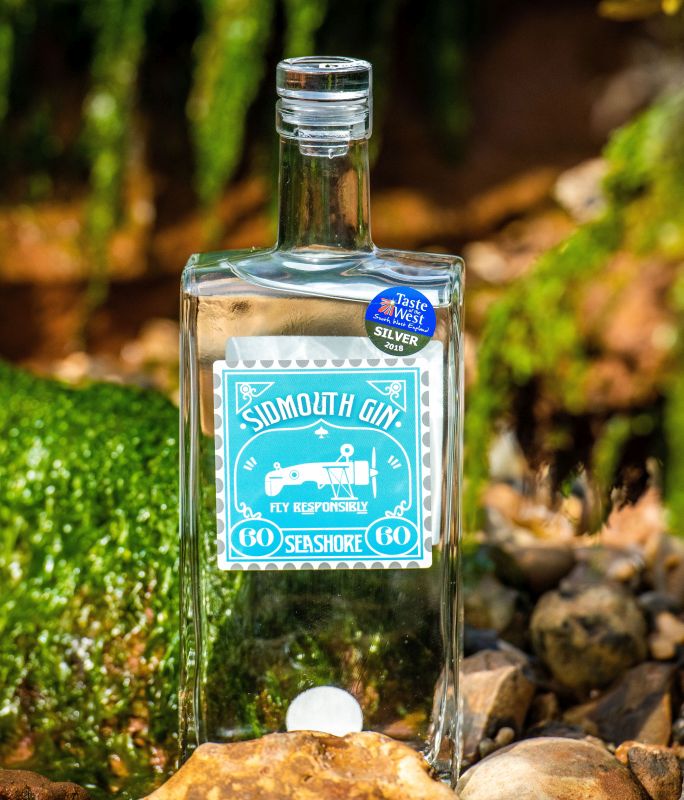
A Brief Gin History
Did you know?
Junipers are coniferous trees and shrubs from the cypress family. Of the 50+ varieties, they can grow as high as 130 feet or be found as low spreading shrubs. They are found as Himalayan forests, in woodlands and even in dry rocky valleys.
Juniper forests provided food, fuel, wood and shelter. Juniper is a symbol for longevity, fertility, athleticism and strength.
The berries of the Juniper tree are used as spice in culinary dishes and are well known as flavouring in gin.
The word gin is thought to derive from either the Dutch jenever or the French genièvre. Both words translate as juniper.

Gin was first drunk as a medicine for stomach-ache, gout and gallstones. It had a bitter taste, so juniper berries were added to the mixture. Gin was said to have been introduced into England by King William III and his Dutch soldiers in the late 1600s. During the next few decades, the government taxed imported spirits and allowed unlicensed gin houses to flourish selling homemade gin. London’s poor drank so much of it that the era was dubbed the Gin Craze.
Gin is made by mixing distilled ethanol with botanicals. Flavours can be added but EU law states that the prominent taste in all gin must be juniper. If there were no juniper berries in the product, then the drink is called vodka.
Gin today has a reputation as the best white spirit. Gin producers mix their distilled ethanol with juniper berries and a wide range of natural flavours such as herbs, spices, roots and rinds. As you probably already know, today’s Gin Craze attracts a more sophisticated palate than it did in the 1700s!

